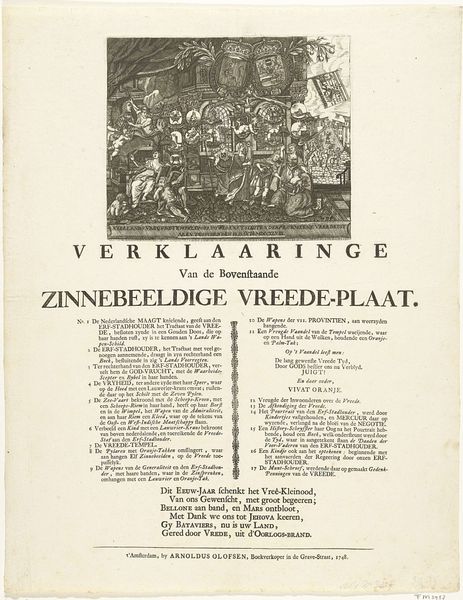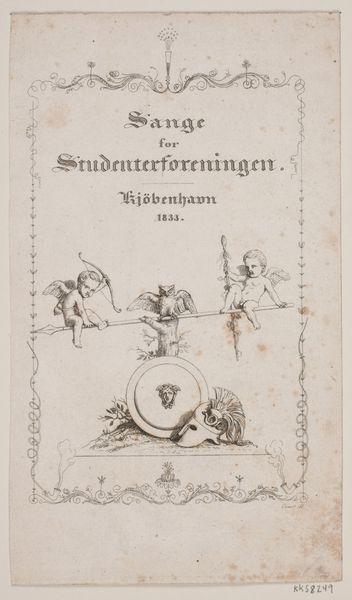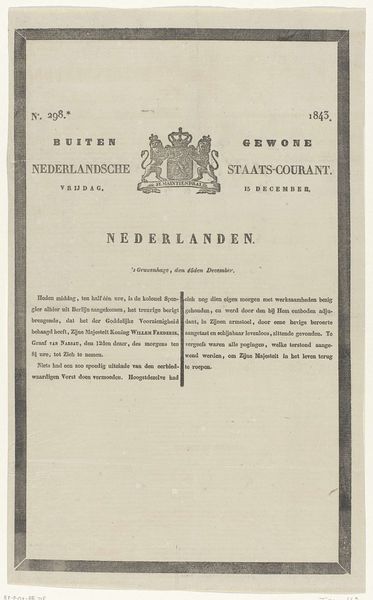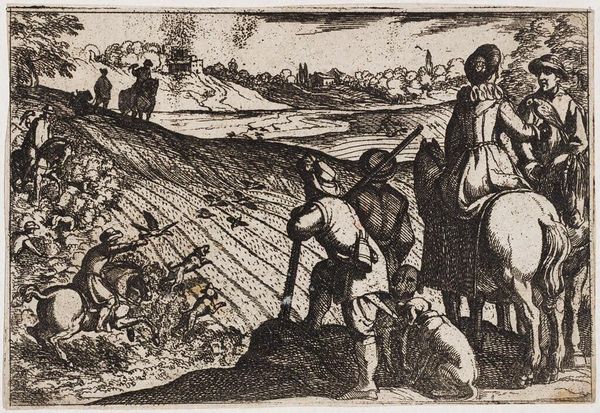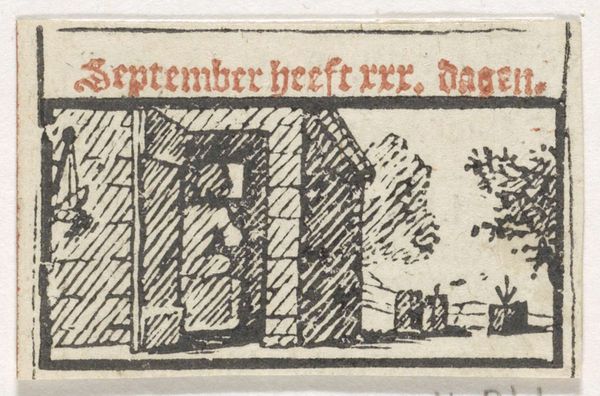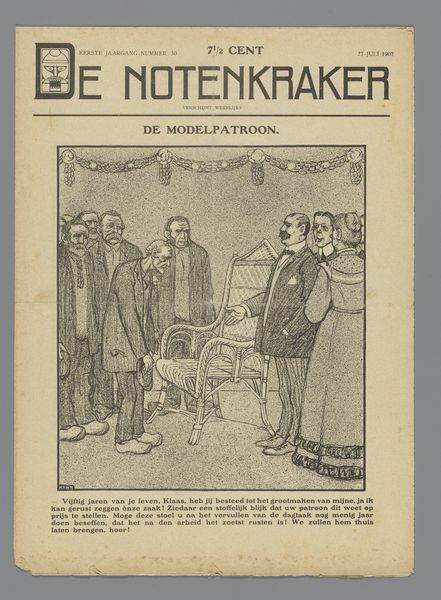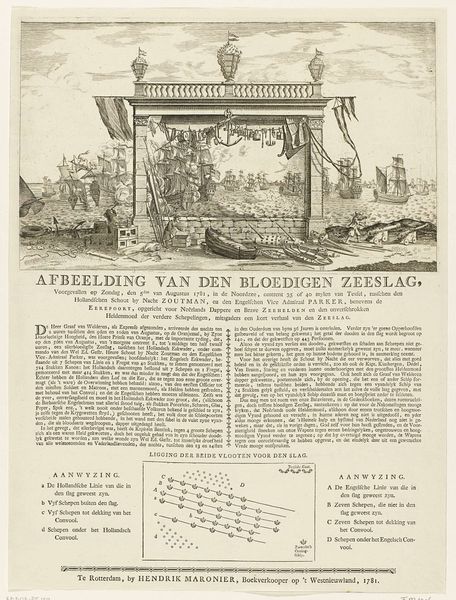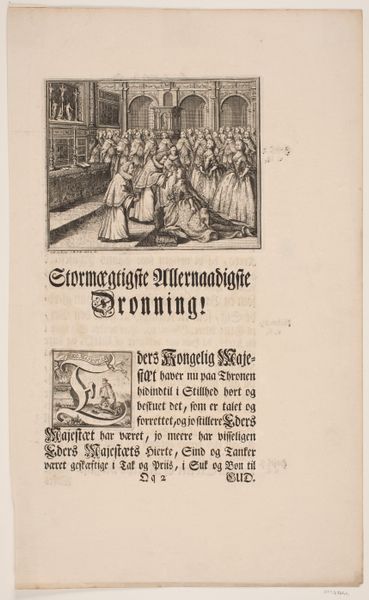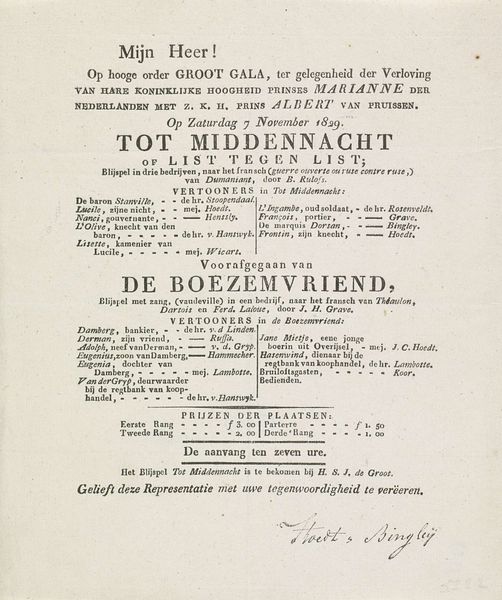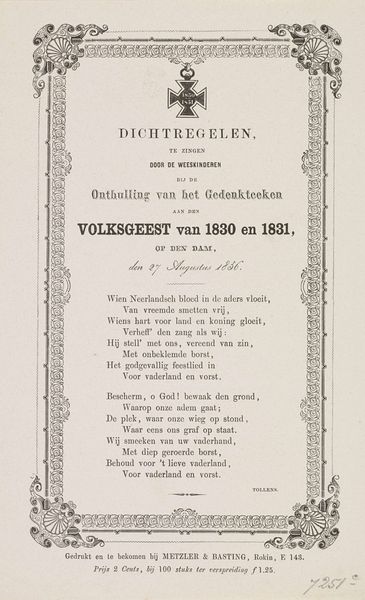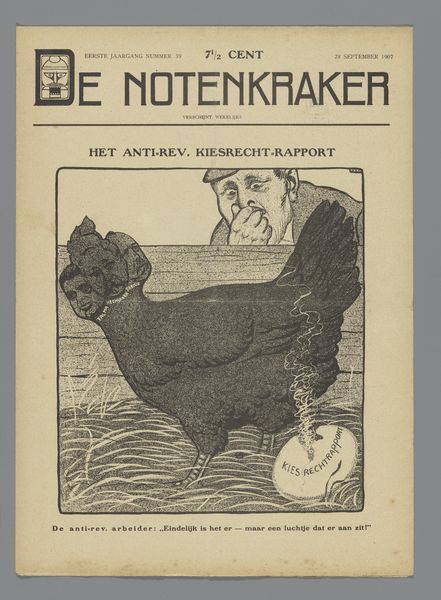
Belgian Landscape (Belgische Landschaft) (recto) and The Meadow (Die Wiese) (verso) 1916
0:00
0:00
graphic-art, lithograph, print
#
graphic-art
#
lithograph
# print
#
landscape
#
expressionism
Dimensions: 13 13/16 × 10 15/16 in. (35.08 × 27.78 cm) (sheet)
Copyright: No Copyright - United States
Curator: We’re now looking at “Belgian Landscape,” or "Belgische Landschaft," a lithograph from 1916 by Erich Heckel. It is also important to consider its reverse side which is called, "The Meadow". Editor: The first thing that strikes me is the stark contrast of black ink against the white paper. There's a desolate quality to it; a geometric grid pressing down upon the figures below. Curator: Heckel produced this print during World War I while serving in the German army, an experience that profoundly shaped his artistic output. His association with the Expressionist group Die Brücke and his experiences as a medical orderly offer rich context for interpreting his wartime works. Editor: Note the sharp, angular lines used to delineate the furrows of the fields, and how those harsh lines contribute to the sense of unease. This is intensified by the human figures: their skeletal posture introduces movement across a scene which feels generally quite immobile. It gives it almost a haunting quality. Curator: Absolutely. The setting in occupied Belgium during wartime adds layers of meaning. The isolation of the figures suggests the psychological toll of conflict, hinting at the displacement and alienation experienced by those living through these times. Considering the publication where this print first appeared adds to this contextual reading. Editor: Yes, that publication provides a crucial key! Shifting the focus slightly—Heckel employs an intriguing use of positive and negative space in order to guide our eye. I noticed my attention immediately went toward the middle of the artwork because of this approach. Curator: Indeed, Heckel masterfully conveys not just physical scenery, but also inner states of turmoil. In this context, this piece presents the reality of the landscapes and their peoples: exhausted and in pain. Editor: Precisely, I come away with a heightened understanding of the emotional landscape reflected in the art, especially with Heckel’s specific mark-making techniques and material use which speak loudly. Curator: Viewing it with its social and political contexts exposed, alongside its formal qualities allows for an enhanced appreciation for Heckel's lithograph. Editor: Agreed. Bringing both formal qualities and cultural background to the surface has highlighted both the artist’s technique and the emotions of his time, providing us with greater awareness of a unique artwork.
Comments
minneapolisinstituteofart over 1 year ago
⋮
In 1916, publisher Paul Cassirer started a new periodical, "Der Bildermann" [The Picture Man], "to bring a broad public directly in touch with art." It featured original lithographs that sought to offer beauty as a form of relief from the grinding brutality of World War I. Leo Kestenberg, a pianist and pacifist, ran the journal while Cassirer served in the army. Max Slevogt designed the vignette on the masthead, which shows a man peddling broadsheets to eager soldiers and civilians of all ages and stations. "Der Bildermann" embraced the art of impressionists (such as Max Slevogt), expressionists (Erich Heckel and Ernst Ludwig Kirchner), and naturalists (August Gaul). Dwindling subscriptions, increasing difficulties with censors and the bureaucracy, led to "Der Bildermann’s" demise after only eighteen issues.
Join the conversation
Join millions of artists and users on Artera today and experience the ultimate creative platform.
